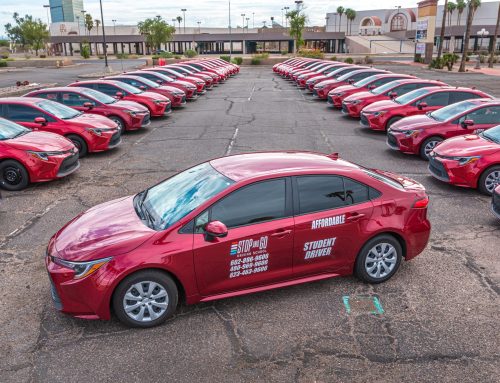As a new parent, your baby’s safety is always at the top of your mind. And when it comes time to hit the road, a lot of questions may come up. How long should you use an infant car seat? How can you ensure the car seat is safe? This blog covers everything you need to know — so you can drive knowing your child is safe and secure.
How Long to Use Your Infant Seat
When it comes to keeping your little one safe on the road, knowing how long to use an infant car seat is crucial. These seats are designed specifically for newborns and can accommodate children from birth until they reach certain limits, usually up to 35 pounds or about 30 inches in height. Most children outgrow their infant car seat by their first birthday, although this can vary based on the individual.
It’s vital to stick to the manufacturer’s weight and height guidelines for your car seat until your child surpasses them. If you move up to the next seat too soon, your child might not be adequately secured, compromising the seat’s ability to protect them.
Transitioning Seats: The Next Step
After outgrowing an infant seat, your child should remain in a rear-facing car seat. Many parents opt for a rear-facing convertible seat at this stage. These usually allow your child to stay in a rear-facing position for a longer period of time. When they are ready to transition, you can easily switch convertible car seats to a forward-facing position.
Experts, like those at the American Academy of Pediatrics (AAP), recommend keeping your child in a rear-facing seat for as long as possible, ideally until at least the age of two or until they surpass the rear-facing weight or height limits.
Why Proper Car Seat Use Matters
Improper use can lead to severe injury or even death in an accident. But when used correctly, car seats can go a long way in protecting your child. Studies show that properly used car seats reduce the risk of fatal injury by 71% for infants and by 54% for toddlers.
Other Factors for Infant Car Seat Safety
In addition to choosing the right car seat for your child’s height and weight, consider these other crucial safety considerations.
Correct installation: Make sure the car seat is installed correctly according to the manufacturer’s instructions. A properly installed car seat should not move more than an inch in any direction.
Harnessing: Always secure your child with the harness straps snugly and at the correct height. The straps of rear-facing seats should be at or just below the child’s shoulders.
No bulky clothing: Never strap your child into a car seat while they are wearing bulky clothing or coats, as this can prevent the harness from fitting securely.
Back seat placement: Always place the car seat in the vehicle’s back seat. This is the safest spot for young children, as the force of an airbag can be fatal to infants and young children.
Child Seat Laws: State vs National
Child seat laws in the United States are mostly state-specific, although they are guided by federal recommendations. In Arizona, for example, children under the age of eight and shorter than 4 feet and 9 inches must be in a child safety seat or booster. Familiarize yourself with local laws and adhere to them strictly to ensure compliance and safety.
More Car Seat Safety Tips
Regular inspections: Periodically check the car seat for any signs of wear and tear. Replace any seat involved in a moderate to severe crash, as its integrity could be compromised.
Register your car seat: Register your car seat with the manufacturer to receive updates on recalls and safety notices.
Educate yourself: Take advantage of local resources like child passenger safety (CPS) technicians, who can check your installation and teach you how to use the car seat on your own.
Lead by example: Always wear your seatbelt and follow road safety rules. Your behavior sets a precedent for your child’s future driving habits.
Want to further enhance your safety on the road? Register for a driver’s ed or defensive driving course and learn the techniques you need to keep your family safe on every journey.








